
A fast-growing, sun-loving stunner with vibrant purple foliage that brightens any space.

💜 Why You'll Love Purple Wandering Plant:
- Super Easy to Care For: Thrives with minimal watering and lots of sunlight.
- Striking Purple Leaves: The more sunlight, the brighter and more vivid the purple glow!
- Versatile Decor: Perfect for hanging baskets, patio pots, windowsills, or lush ground cover.
- Propagate with Ease: Just snip a stem and watch your collection grow in no time!

🌞 How to Grow Your Purple Wandering Plant
- Light: Full sun to partial shade — loves bright light!
- Water: Allow soil to dry between watering — drought tolerant.
- Growth: Trailing stems can grow 2-3 feet long, perfect for dramatic displays.

❓ FAQ
Q: Is the Purple Wandering Plant easy to grow for beginners?
A: Absolutely! It’s one of the easiest plants to grow. Just give it sunlight, water occasionally, and it will thrive — even if you've never had a plant before.
Q: Can I grow this plant indoors or outdoors?
A: Both! Purple Wandering Plant does great in pots indoors with bright light, and it spreads beautifully in outdoor gardens in warm climates.
Q: How fast does it grow?
A: It grows fast! Under the right conditions, you’ll see it fill out a pot or ground space in just a few weeks. Many customers say it’s one of the fastest-growing plants they’ve tried.
Q: When is the best time to plant Purple Wandering Plant?
A: Purple Wandering Plant can be planted any time of year in warm indoor settings. For outdoor planting, spring and summer are ideal. It thrives in warm temperatures.
Q: Will the purple color fade over time?
A: The color stays vibrant with enough sunlight. If the leaves start turning green, move the plant to a brighter spot — more sun brings out deeper purple hues.
Q: How are the plants packaged for shipping?
A: Each plant is carefully wrapped in moist material and protective packaging to ensure it arrives healthy, fresh, and ready to grow.

How to Care for Succulents (And Not Kill Them): 9 Plant-Care Tips


1. Make Sure Your Succulents Get Enough Light
Succulents love light and need about six hours of sun per day, depending on the type of succulent. Newly planted succulents can scorch in direct sunlight, so you may need to gradually introduce them to full sun exposure or provide shade with a sheer curtain.
2. Rotate Succulents Frequently
Succulents love direct sun, but if yours is sitting in the same exact spot day after day, it's likely that only one side is getting enough light. Langton and Ray suggest rotating the plant often. Succulents will lean towards the sun, so rotating them will help them stand up straight. (Leaning may also be a sign that they need to be in a sunnier spot
3. Water According to the Season
Just like us, succulents need more energy when they're in a period of growth. During the spring and summer, the plants are thriving and drinking up much more water than when they're resting in the fall and winter. Langton and Ray recommend testing the soil with a finger—when the top 1.25 inches are dry, grab your watering can. Overwatering can kill your succulent, so make sure you let the soil dry between waterings.
4. Water the Soil Directly
When you water your succulents, soak the soil until water runs out of the drainage holes. (If your container doesn’t have drainage holes, use less water.) Don’t use a spray bottle to water your succulents—misting can cause brittle roots and moldy leaves . You can also place pots in a pan of water and allow the water to absorb through the drainage hole. Once the top of the soil is moist, remove from the pan.

5. Keep Succulents Clean
"Inevitably, your indoor plants will gradually pick up dust on their surface, which can inhibit their growth," write Langton and Ray. Wipe off the leaves and spines gently with a damp cloth (use a soft paintbrush to get at hard-to-reach spots).
6. Choose a Container with Drainage
Succulents don’t like to sit in waterlogged soil, so drainage is important to prevent rot. Your container should have a drainage hole to allow excess water to escape. Terra-cotta pots are ideal for beginners.
7. Plant Succulents in the Right Soil
Succulents need soil that drains, so regular potting soil—or dirt from your yard—won’t do. Choose cactus soil or mix potting soil with sand, pumice, or perlite. Succulent roots are very fragile so be gentle when repotting.
8. Get Rid of Bugs
Pests shouldn’t be a problem for indoor succulents, but occasionally you may have to deal with bugs. Gnats are attracted to succulents that are planted in soil that is too wet and doesn’t have proper drainage. To get rid of eggs and larvae, spray the soil with 70 percent isopropyl alcohol. Mealybugs are another pest succulent owners have to deal with. Overwatering and overfertilizing are the common causes of mealybugs. Move infected plants away from other succulents and spray with 70 percent isopropyl alcohol.
9. Fertilize Succulents in the Summer
Succulents don’t need much fertilizer, but you can give them light feedings during the spring and summer growing season. Be careful not to overfertilize—this can cause your succulent to grow too quickly and become weak.

About Us

Succulents thrive beautifully in poor soils and low-water conditions. They symbolize perseverance, unconditional love, and growth, which are what Succulents Club is all about. Started in a 1 bed room apartment 6 years ago, Succulents Club now employs over 30 dedicated employees, has delivered over 1.5 million succulents to over 210,000 succulents lovers, and donated tens of thousands of dollars to charities.
Please do note that shipping is insured and takes 7-14 business days worldwide. However, you may receive your items earlier. Tracking Numbers will ALWAYS be sent so you can track it every step of the way! Cool things are worth waiting for! 😉🔒 100% Risk-Free Purchase 🔥
If you bought it and felt that it is not for you, don't worry. Just shoot us a message at service, and we will make it right by offering you a replacement or refund. 100% Simple & Risk-Free process.




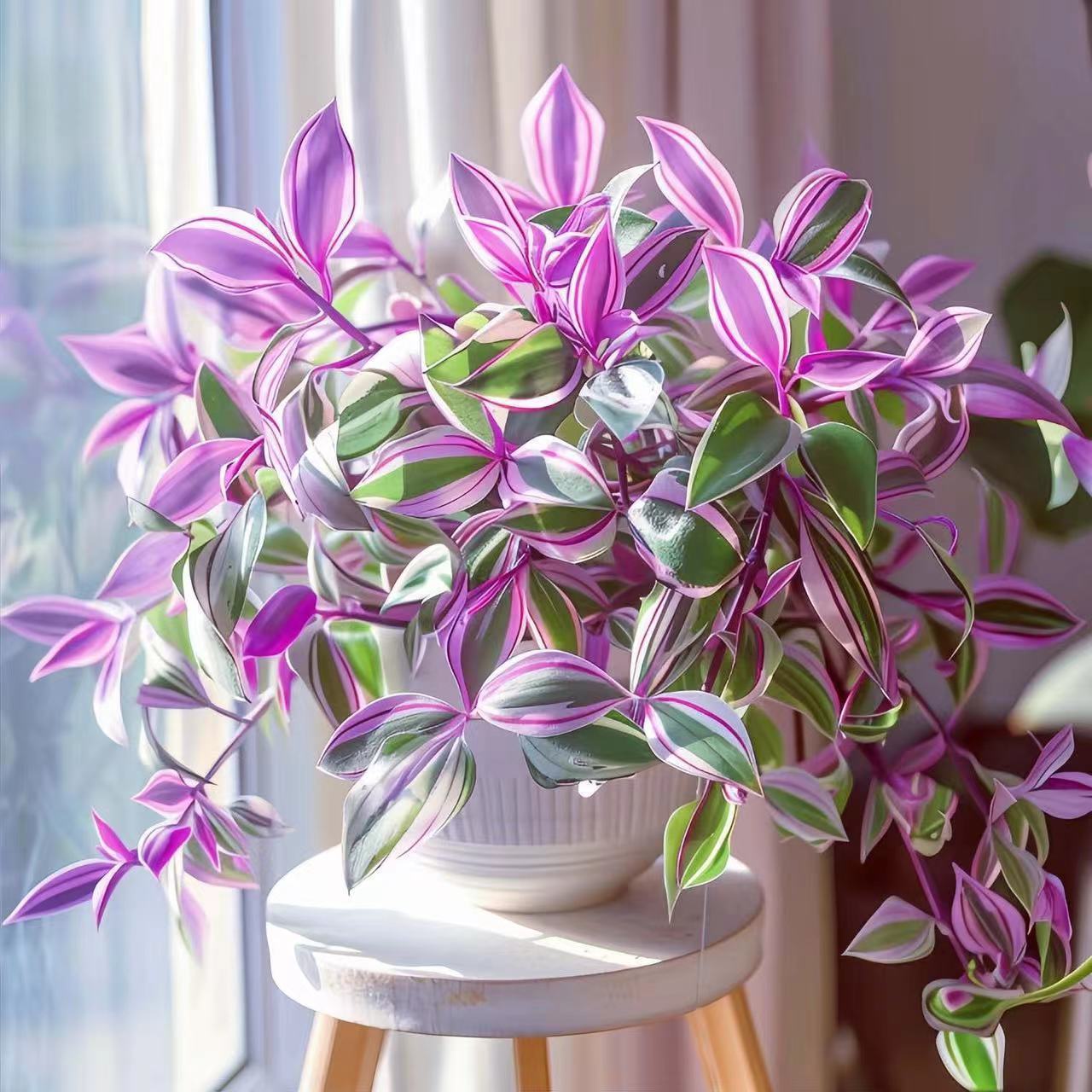
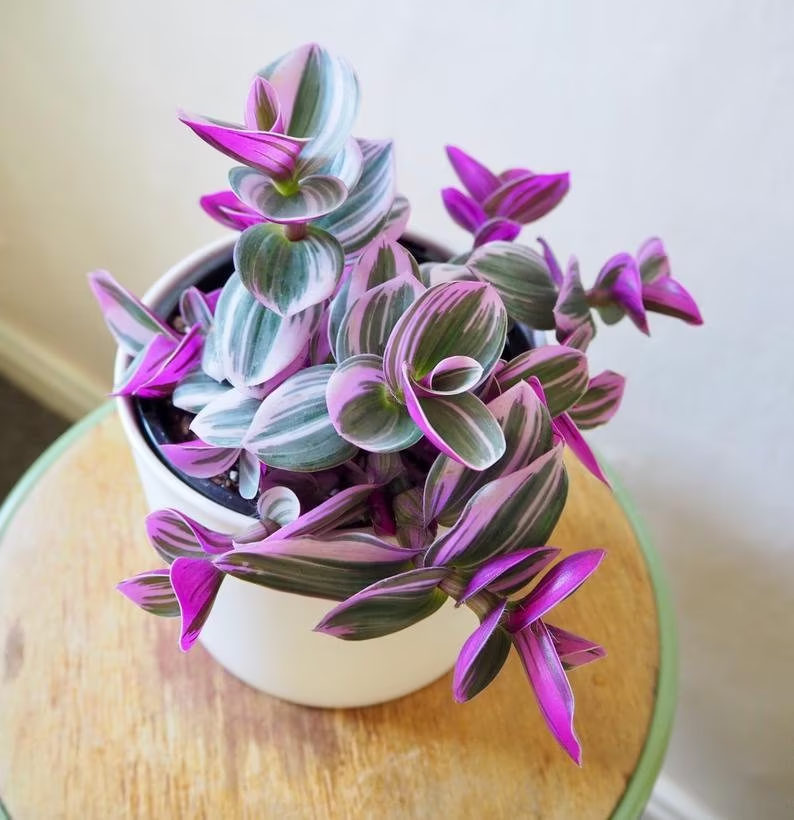
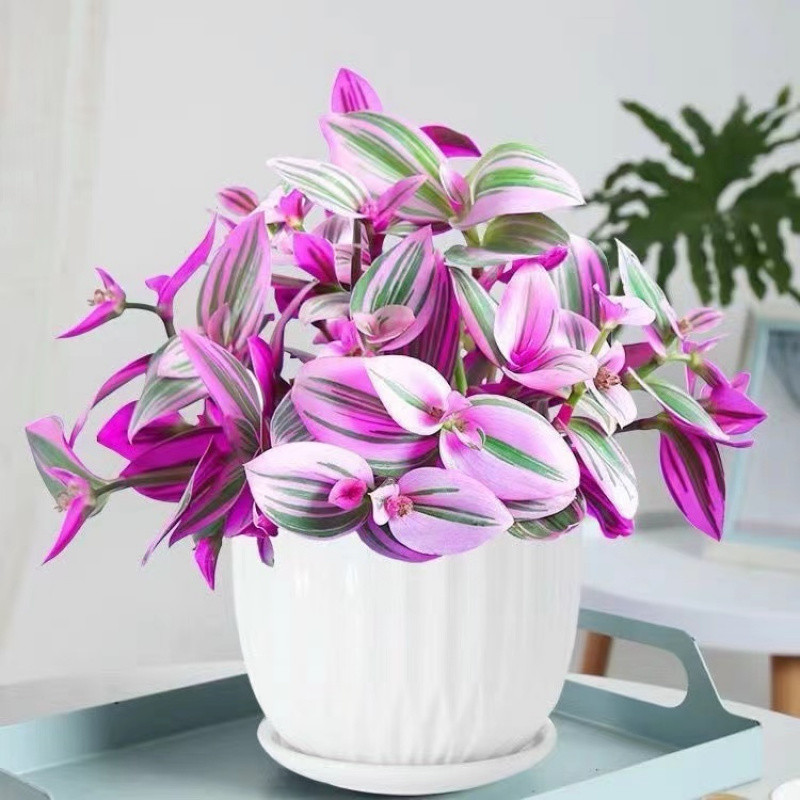
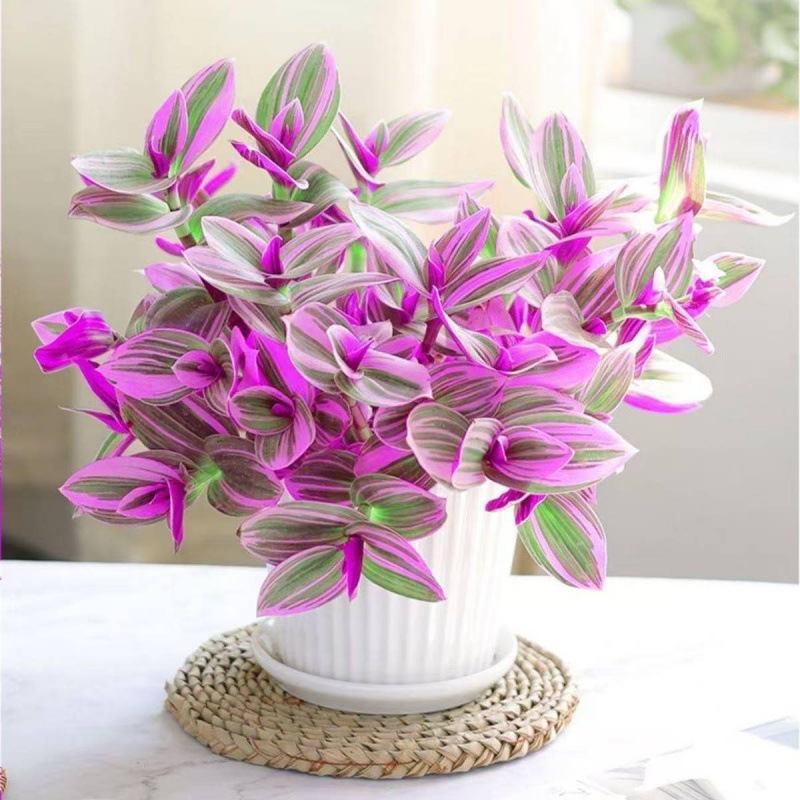
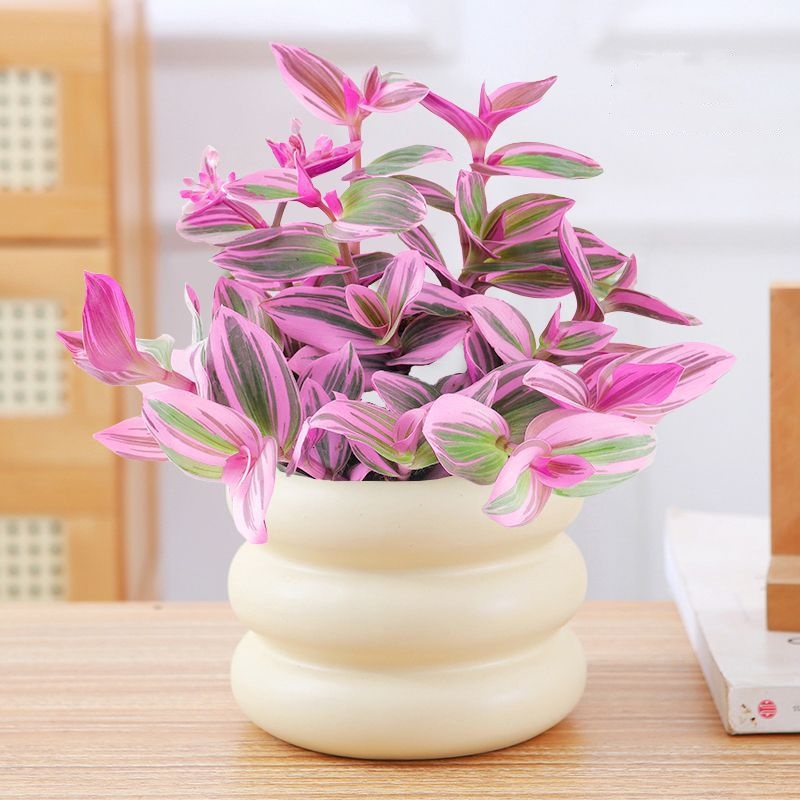
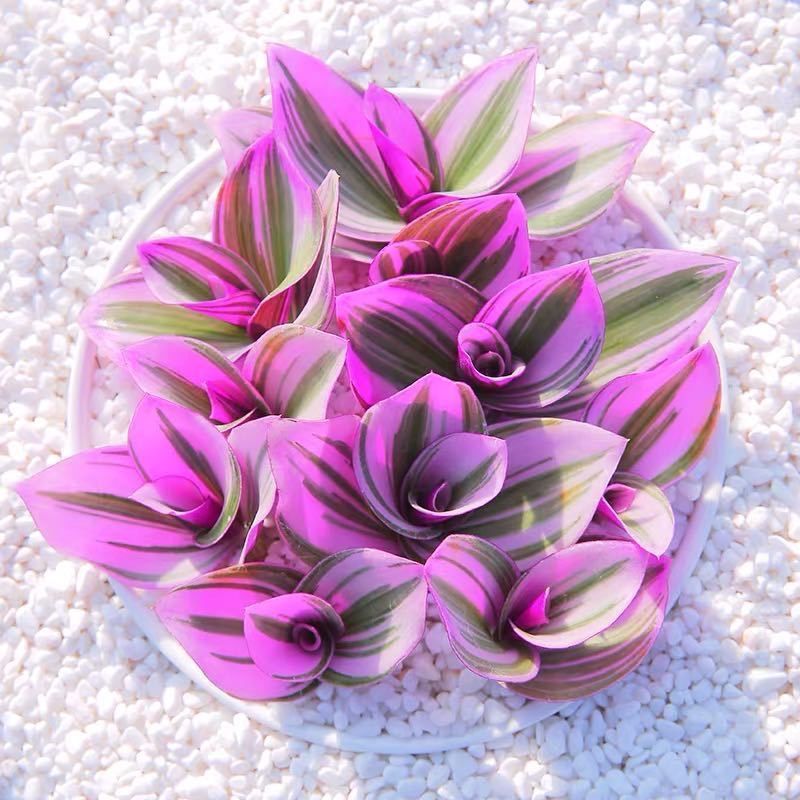
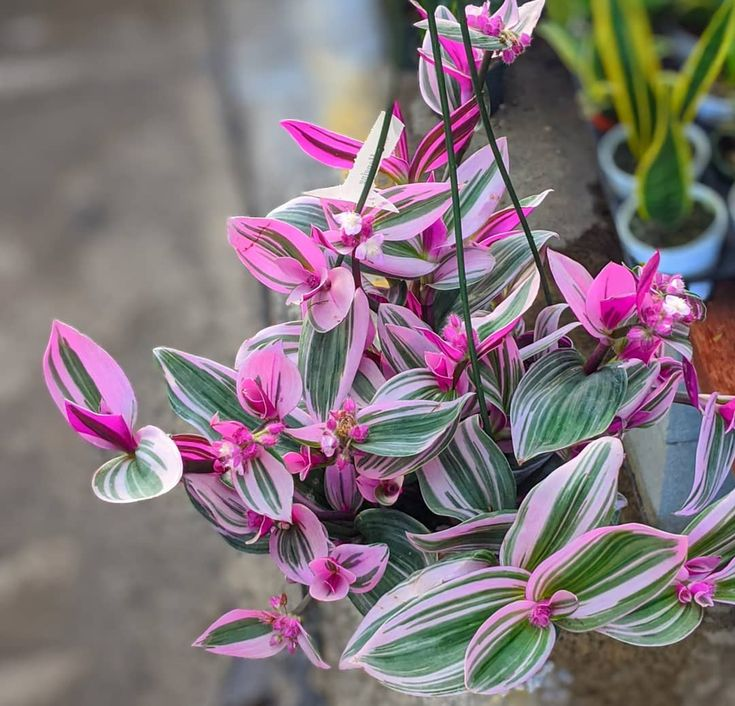
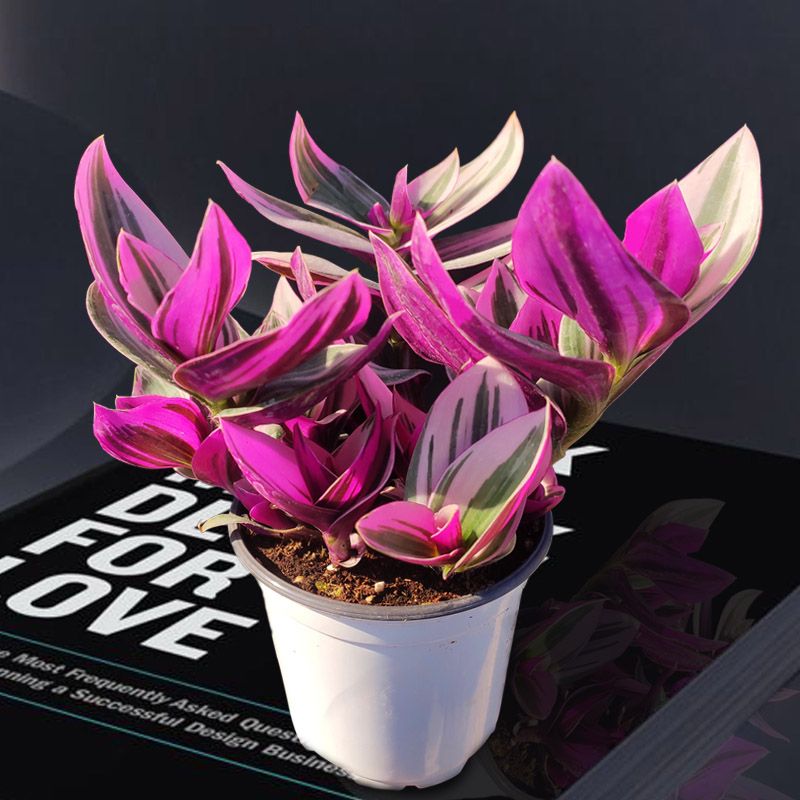
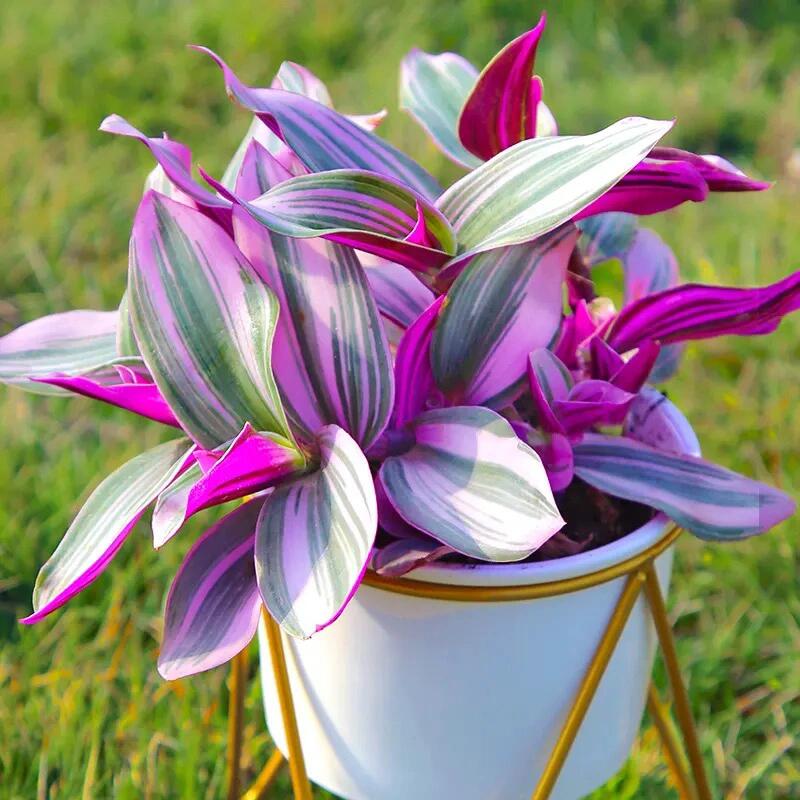

Comment